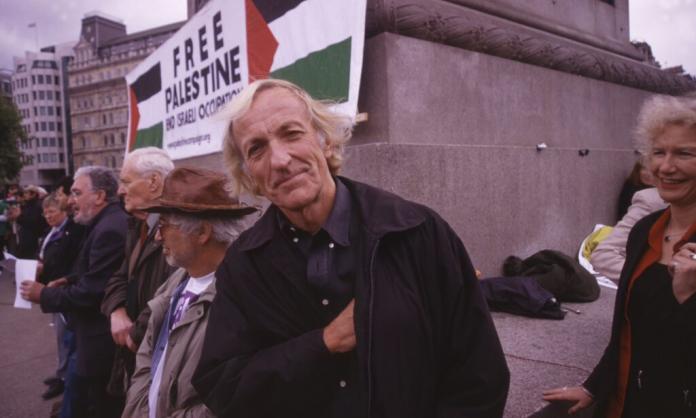“Give me your tired, your poor, your huddled masses yearning to breathe free”. In her 1883 sonnet “The New Colossus”, Jewish-American poet and activist Emma Lazarus imagined the newly built Statue of Liberty speaking these words, symbolising hope for “tempest-tost” refugees seeking safety and a better life. Engraved on a bronze plaque, her poem adorns the pedestal upon which “Lady Liberty” stands to this day.
Half a century later, hundreds of Jewish refugees onboard the MS St Louis didn’t get close enough to the iconic statue to read those celebrated and much-repeated lines. US President Franklin Roosevelt ignored their pleas for asylum. It was 1939, and the Nazi Holocaust was about to begin.
After being refused entry to the “land of the free” (as well as to Cuba and Canada), those aboard were returned to the Europe they had desperately fled. More than 200 of the 900 who set out from Hamburg on the St Louis perished in Hitler’s death camps, all because they didn’t have the correct paperwork.
This is one story among many told in Ken Burns’ latest documentary, The US and the Holocaust, which explores the response—indeed, the conflicting responses—in America to the Nazi persecution of Jews, from Hitler’s rise to power in 1933 to the death camps of World War Two.
The persecution of German Jews was no secret in the United States; indeed, the Nazi’s antisemitic policies, and the racist ideology with which they justified them, were inspired by the anti-Black segregation policies in the southern states. The Nazis also took inspiration from the antisemitism of Henry Ford, one of the richest and most powerful men in America at the time, whose bigoted pamphlet series The International Jew was translated and published in Germany in the 1920s.
The eugenics movement, which aimed to “improve” the genetics of the human population by eliminating “inferior” genes, was very influential in early twentieth century America. Its ideas were taught at elite universities and embraced by members of high society such as Madison Grant, a prominent conservationist and racist, who may well have been the world’s first eco-fascist.
Excerpts from Grant’s work The Passing of the Great Race were later used by defence lawyers at the Nuremburg trials, which were held after the war to charge Nazis and others with crimes against humanity. The defence pointed out that racist ideology was far from unique to Nazi Germany. Hitler referred to it as his Bible.
Burns’ documentary is not without inspiring moments. Stories of resistance to Nazi atrocities include marches of up to a million people across America in solidarity with the Jews of Germany, and a campaign to boycott the 1936 Berlin Olympic Games. But the emotions it stirs overwhelmingly are anger and frustration, as the official US response to worsening Nazi crimes ranged from cold, bureaucratic indifference to despicable, outright racism.
We will never know how many lives could have been saved if governments had been willing to throw open their borders to all who sought protection from Hitler—because there were none. The Australian government was no better than its US counterpart, its White Australia policy still firmly in place.
The US and the Holocaust is a heart-breaking but important documentary full of lessons for today’s fighters against oppression. One is that racism is not some by-product of poor education, but a conscious creation of the people who rule over a system that has inequality at its heart.









